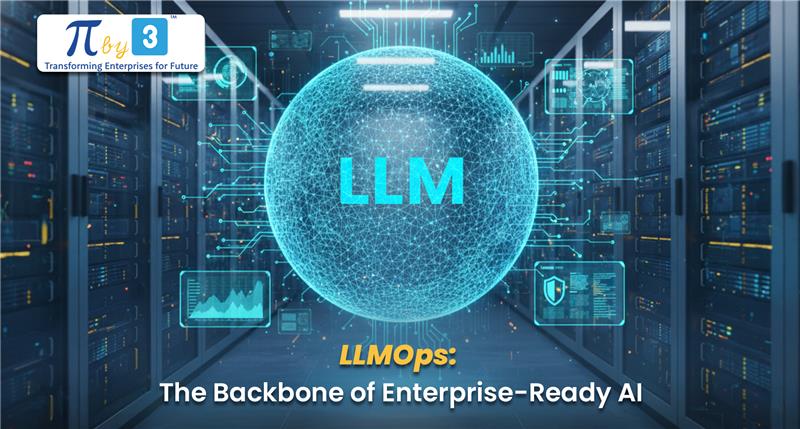Data Clean Rooms: Beyond Marketing
Gartner defines "Data Clean Rooms" as secure, isolated platforms that link private, anonymized advertising data from multiple parties. However, their application extends beyond just advertising and marketing data. Any personally identifiable information (PII)—anonymized or otherwise—that links data to an entity should be considered within the context of Data Clean Rooms.
While Data Clean Rooms are designed to be isolated environments, we must recognize that data is still being ingested, algorithms are still operating on this data to derive insights, and results are still being shared after analysis.
Best Practices for Data Clean Rooms:
• Data Residence: Keep data where it belongs. Minimize data in motion and restrict
unnecessary copying of data between locations.
• Restricted Third-Party Access: Don't let third parties become the weak link in your Data
Ethics chain by limiting their algorithms and storage capabilities.
• Prevent Data Monopolization: Incorrectly handled data can create trust issues. Avoid
entrusting a single party with all of your data.
• Secure Network Architecture: Data exchange should function as a secure handshake
with well-defined access controls, secure APIs, and a protected walled ecosystem.
The Ethical Dimension
Though Data Clean Rooms can be secured, ensuring data accessibility for GDPR and CCPA compliance complicates the 'security' element of these environments. As Gartner notes, organizations must facilitate "cross-functional conversations about data and appropriate use and sharing with peers in marketing, technology, product development, finance, legal and across the business."
While regulatory frameworks like GDPR and CCPA require digital tracing to locate data easily, these same traces can become liabilities. This brings us to another critical concept: the Mosaic Effect—the phenomenon whereby anonymous data sets can be combined with other publicly available data to re-identify individuals in supposedly anonymous datasets. This is why implementing proper Data Purge protocols is also crucial.
A culture of responsible data use and data ethics must be established at the enterprise level—embedded in processes and workflows—and permeate throughout all departments, including IT. This is where the role of the Chief Data Officer (CDO) needs to evolve to include ongoing ethical engagement with multiple teams and stakeholders.
A Final Thought
If not managed properly, data has the potential to erode trust and harm not just individuals, but entire organizations and communities. CDOs must therefore focus more on establishing robust processes rather than simply implementing IT solutions. Continuous engagement with multiple stakeholders remains the key to ethical data governance in today's digital landscape.






